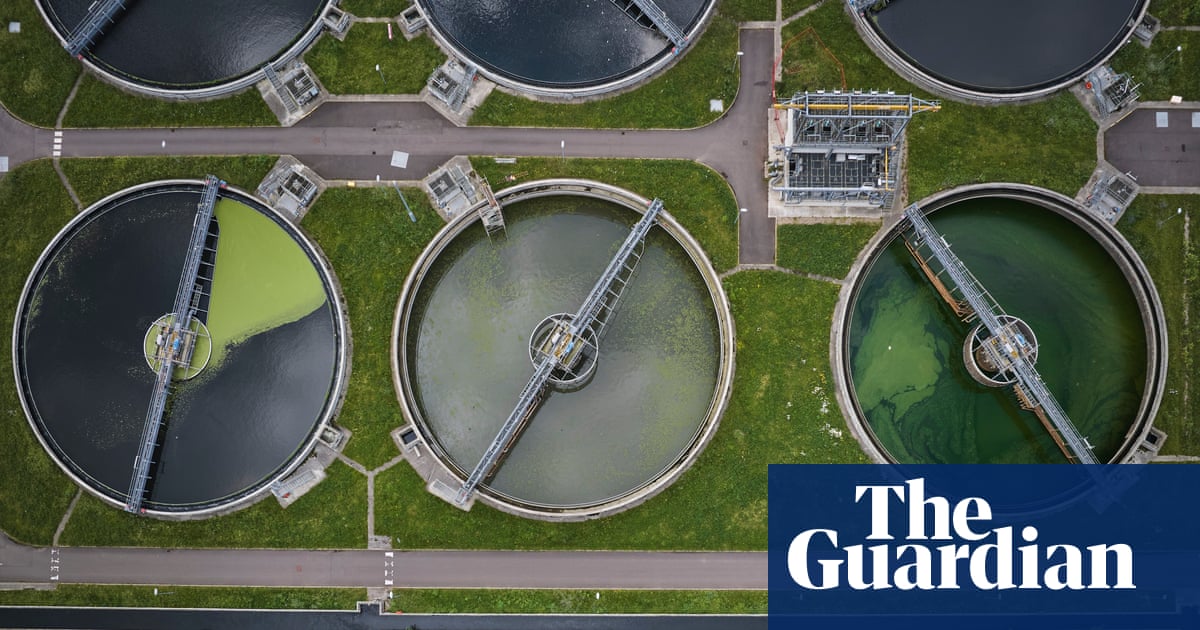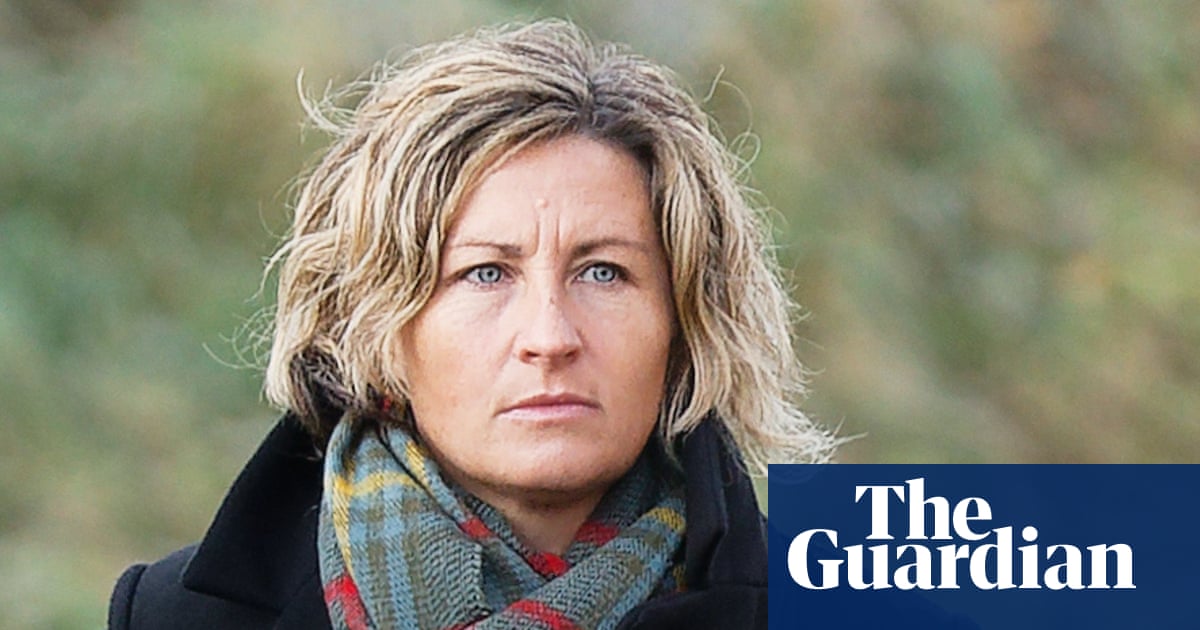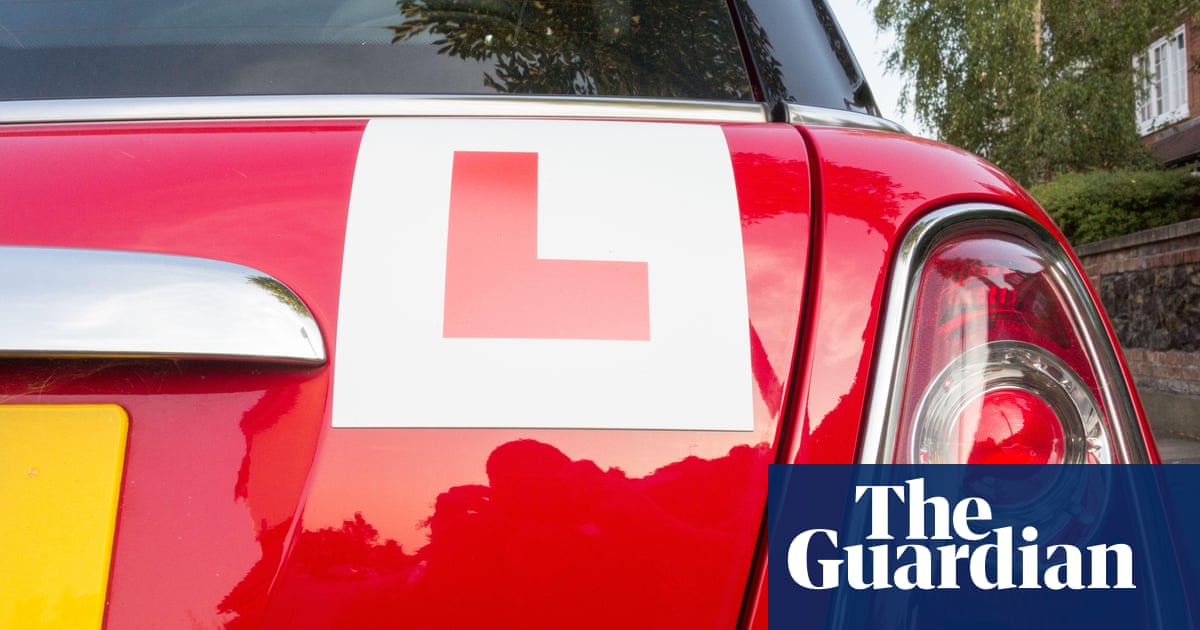Lunchtime in Copenhagen, Denmark. The place is packed and staff are talking customers through the menu. Would we like the slow-roasted pork with pearl barley and mushrooms? How about the rye pancakes with salmon, cream cheese and avocado? I decide on the beetroot tartare with horseradish and rye toasts, and a spelt side salad.
This isn’t a fancy new Nordic restaurant – it’s a work canteen. These chefs feed 900 workers from DSB (Danish State Railways) every weekday. As well as looking and tasting great, each dish served here contains fuldkorn (wholegrains), from breakfast smoothies with oats to afternoon treats such as today’s wholemeal scones. There’s a good reason for this: DSB recently signed up to a national programme that aims to get more wholegrains into employees.

The initiative is spearheaded by the Danish Whole Grain Partnership, a group on a mission to make Danes healthier, one slice of rye bread at a time. Its members include the government, health NGOs (the Danish Cancer Society, the Danish Heart Foundation and the Danish Diabetes Association) and industry (bakers, food companies, supermarkets). It has been incredibly successful. When the partnership began in 2008, the average Dane ate 36g of wholegrains a day. By 2019, they were eating 82g, the highest intake in Europe. In contrast, the average Briton eats 20g a day, and one in five don’t eat any wholegrains. In the US, just 15% of grain consumption comes from wholegrains (dietary guidelines recommend at least 50%).
What’s so good about wholegrains? “Eating wholegrains helps to reduce your risk of cardiovascular diseases, cancer, type 2 diabetes and hypertension. They help lower your cholesterol, stabilise your blood glucose levels and improve the health of your gut microbiota,” says Natasha Selberg of the Danish Heart Association. Rikke Neess, the campaign’s leader, adds: “Wholegrains make you feel full, so can help prevent obesity.” (Denmark has some of the lowest obesity rates in Europe.) “They add texture to your food – and taste really good.”
In Denmark, there are nine recognised grains: wheat, spelt, barley, rice (brown and red), rye, oats, millet, corn (dried) and sorghum. The category may soon be expanded to include “pseudo-grains” such as quinoa, amaranth and buckwheat. Eating a grain’s whole kernel, which includes the bran, germ and endosperm, means you benefit from “all the good parts”, says Neess – the fibre, vitamins and minerals.
“The project started because of the [low-carbohydrate] Atkins diet, which was very popular in Denmark,” Neess says. “Sales of bread were decreasing. At the same time, there was increasing evidence that wholegrains decreased the risk of cancer.”

One of the Whole Grain Partnership’s first moves was to create an orange logo for products high in wholegrains. In 2010, 190 products carried the symbol; by 2019, it was 1,097. In a 2024 survey, seven out of 10 Danes recognised it. “The logo makes it really easy for consumers to choose wholegrains,” says Neess. “We’ve also had a very positive response from industry. It gives them a competitive advantage to have the logo on their products.” Selberg adds: “This logo gives producers an incentive to develop and reformulate healthy products.” According to a 2022report from the Organisation for Economic Co-operation and Development (OECD), these products are no more expensive than their refined grain equivalents.
The government has supported the initiative by updating official dietary guidelines. In 2009, it recommended four servings of wholegrains a day. In 2013, it set a more specific target of at least 75g a day, and in June last year that was increased to 90g.
I visit Lantmännen Schulstad, the biggest producer of rye bread, a Danish staple. “Rye bread has been part of our culture for 1,000 years,” says Neess. But young people are increasingly choosing white bagels, wraps and burger buns over boring old rectangular rye bread. In response, Lantmännen Schulstad is bringing out new shapes and sizes that are more convenient for children’s lunch boxes. “We have to make rye bread great again,” jokes Neess.
Pernille Bang-Löwgren, Lantmännen Schulstad’s chief executive, shows me a table heaped with different kinds of bread. They are set out in varying amounts, illustrating how much of each type you’d need to eat to get your daily wholegrain quota. Dark rye bread? Just four small slices. White rolls? You’d have to munch your way through a towering pile of 50.

For some people, that knowledge is enough to make them choose the rye bread. But many others base their choice on taste, or price, or what the kids will eat, and may even be put off by a virtue-signalling wholegrain logo. For that reason, the partnership has encouraged producers to put a little bit of wholegrain flour in all their products, even the white sliced bread. Most started with 3% – nowhere near enough to see or taste – and are increasing very gradually: 5%, 7%, maybe as much 9%. These stealth wholegrains are listed in the ingredients, but not trumpeted anywhere else on the label. “There is a lot of fast food in Denmark, but the strategy of just adding a little bit of wholegrains to burger buns is a good start,” says Neess. This tactic is aimed at the 6% of Danes who eat less than 25g of wholegrains a day. “We have to get the people who eat the least amount to eat more,” says Selberg.
At Valsemøllen, a Danish bakery founded in 1899, I bake bread with Erik Olsen. We’re experimenting by making sourdough with different ratios of wholegrain flour, from zero to 90%. It is surprising how little difference it makes to the appearance, texture or taste – even Olsen, who has been baking since he was 13, is taken aback. If you like the tang of white sourdough, you could probably switch to 75% wholegrain and barely notice.
Olsen has also baked some delicious cinnamon buns with 25% wholegrains. Adding a percentage of wholegrain flour into cakes is another easy way to up people’s intake, especially in Denmark, where pastries, cakes and biscuits are a big deal. Sweet treats don’t get the wholegrain logo – products have to meet official guidelines on sugar, salt and fat, too – but adding wholegrains can still make them a bit healthier. The same goes for ultra-processed packaged food, says Selberg. “The fibre, vitamins and minerals in ultra-processed rye bread may be more important than the additives, which may just help the bread last longer.”
The Whole Grain Partnership runs annual events to raise awareness. On National Whole Grain Day in January, there are activities such as cooking, baking, singing and playing games in schools, libraries and hospitals; this year a prison took part. Supermarkets have special offers on wholegrain products at this time. “It’s a day with so much positivity, happiness and community,” says Nees. There is also a smørrebrød (open sandwich) week in June, a breakfast week in September and a new dinner week in November. “Most Danes get wholegrains at breakfast and lunch, but not many get so much in the evening,” says Selberg. “Our new campaign focuses on dinner: wholegrain pasta, rice and bread.”

I ask Neess how she gets her 90g a day. “I always eat oatmeal with blueberries and almonds for breakfast, a piece of rye bread for lunch, and focus on wholegrains at dinner – pasta, rice, pizza – with lots of veg,” she says. “I really like crispbread as a snack in the afternoon.”
The EU and the OECD have awarded the partnership best-practice status for promoting public health, in 2019 and 2022 respectively. The OECD report said: “Given there is strong evidence to support the link between high wholegrain consumption and lower risk of developing certain cancers (eg colorectal cancer), type 2 diabetes and cardiovascular diseases, the DWGP plays an important role in improving population health.”
How easy is it to change the diet of an entire nation? “It’s very difficult to change eating habits on a population level,” says Selberg. “You need industry partners who can increase the availability of wholegrain products and reformulate recipes to increase the amount of wholegrain. You have to ensure customers can make healthy choices in supermarkets, and increase consumer awareness and demand.” Neess agrees that the most important thing is availability: “It should be easy to make a wholegrain choice everywhere we go.” We stroll around central Copenhagen, popping into shops and supermarkets. The wholegrain logo is everywhere: on bread, cereal, pasta, rice, biscuits, snacks …
Neess stresses the importance of cooperation. “We want to increase public health, but that’s a difficult task for only one partner to achieve. But when we work closely together, we can make it happen. There is very high trust among the partners,” she says. “Not all countries can work together with government. It’s not a political project. Leftwing and rightwing governments have all been very supportive.”
“Our public/private partnership is a very Danish thing, and it’s very successful,” adds Selberg. “Most of Europe is moving more to the right. Politicians are not allowed to decide what’s on people’s plates.”
Indeed, Denmark is leading the way with this kind of alliance. In October 2023, the country drew up the world’s first action plan for plant-based food, an unlikely agreement between farmers, politicians and environmental groups, aimed at reducing meat consumption for environmental as well as health reasons. Wholegrains are a part of this – they are filling but require far less water, land or energy to produce than meat or dairy. “Wholegrains have a low carbon footprint,” says Neess. “Only 25% of Danes are aware of that.”

The partnership is now trying to spread the wholegrain word beyond Denmark. “We’re part of the Fortified Whole Grain Alliance, a Rockefeller-funded project trying to increase wholegrain consumption in Africa,” says Neess. “We also have partnerships in Germany and Japan, and we’ve just launched a partnership with Sweden.” The International Whole Grain Summit was held in Detmold, Germany, earlier this month, advocating for refined grains to be replaced by wholegrains over the next few years.
How can other countries follow in Denmark’s footsteps? “Small steps. The food industry should look at what people eat and increase the amount of wholegrain gradually: 3%, 5% etc,” says Neess. At home, “If you bake a cake with 25% wholegrain flour, you’d never guess. You could make a lasagne with 50% wholewheat pasta, 50% white.”
On my last day in Copenhagen, I have breakfast at my hotel. It’s easy to choose wholegrains: a bowl of oatmeal with fruit, a piece of rye toast with hummus, a wholemeal pastry. They fill me up for a morning of sightseeing – and, as Neess promised, they taste really, really good.

.png) 5 hours ago
5
5 hours ago
5













































